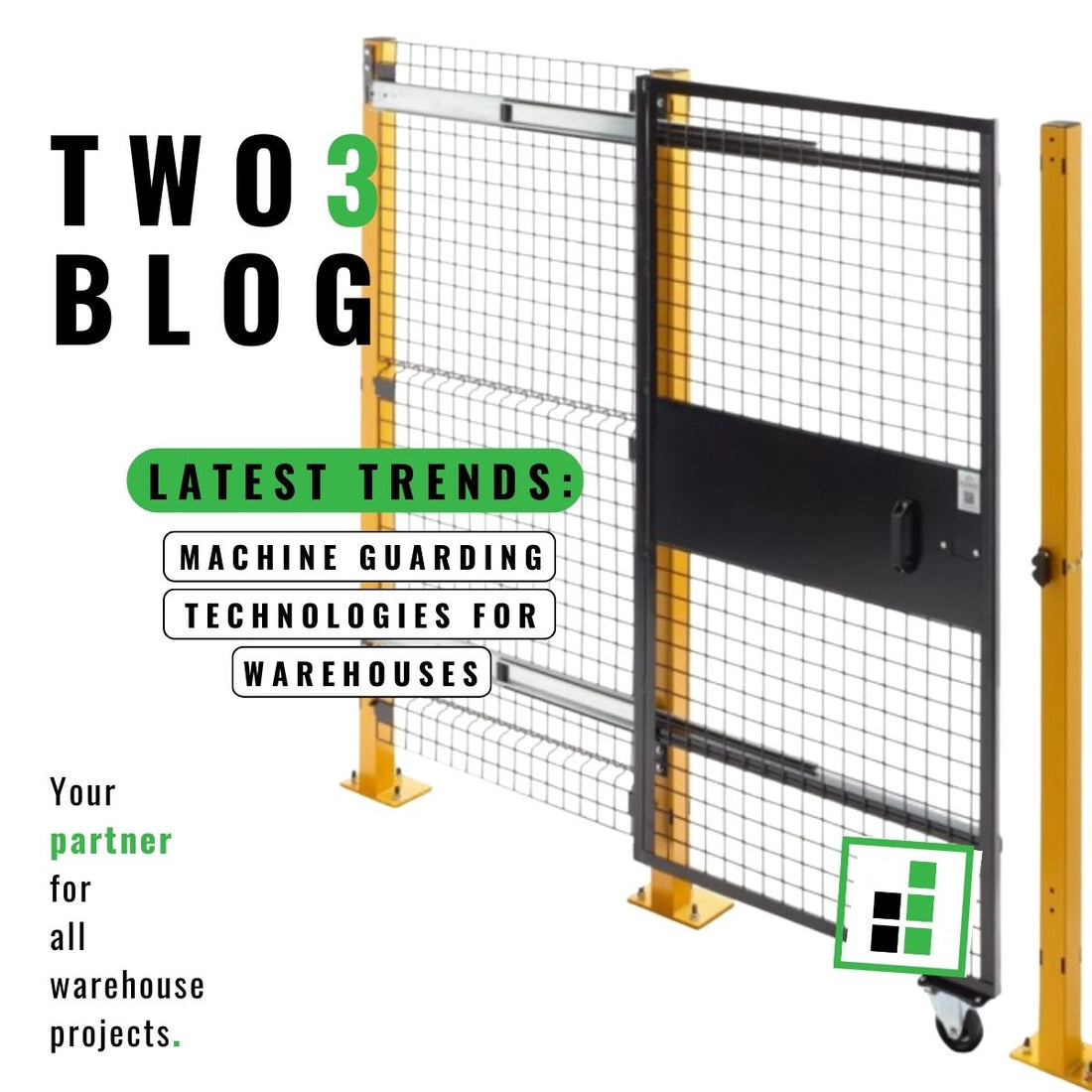
Latest Trends: Machine Guarding Technologies for Warehouses
Share
How Are Machine Guarding Innovations Shaping Safer and More Efficient Warehouses?
The landscape of warehouse operations is continuously evolving, driven by technological advancements and a growing emphasis on safety and efficiency. Machine guarding is a critical aspect of this environment, ensuring the safety of workers while maintaining operational productivity. This blog post will explore the latest trends in machine guarding technologies for warehouses, highlighting how these innovations are shaping safer and more efficient workplaces.
Advanced Materials for Enhanced Protection
One of the significant trends in machine guarding is the use of advanced materials. Traditional guards made from steel or aluminum are being supplemented or replaced by high-strength polymers and composites. These materials offer several advantages: they are lighter, easier to install, and can provide better visibility. Moreover, they are often more resistant to corrosion and wear, ensuring longevity and reducing maintenance needs. This shift not only enhances safety but also contributes to a more agile and adaptable warehouse environment.
Integration with Automation and Robotics
As warehouses increasingly adopt automation and robotics, machine guarding technologies are evolving to integrate seamlessly with these systems. Modern guards are designed to accommodate robotic movements and automated processes, ensuring safety without hindering efficiency. Some guarding systems now include sensors and interlocks that communicate with automated machinery, pausing or stopping operations if a breach is detected. This integration is crucial in preventing accidents and ensuring a harmonious workflow between human workers and automated systems.
IoT and Connectivity for Real-Time Monitoring
The Internet of Things (IoT) is making its way into machine guarding, with connected systems that offer real-time monitoring and alerts. These smart guards can detect potential hazards, such as a guard being left open or a machine operating outside of its normal parameters. They can then alert managers or shut down the equipment if necessary. This connectivity not only enhances safety but also aids in maintenance, as it can track wear and tear, prompting timely repairs or replacements.
Customization and Modular Design
Another trend in machine guarding is the move towards customization and modular designs. Warehouses vary greatly in their layout and machinery, and one-size-fits-all solutions are often not feasible. Modular guarding systems can be tailored to fit specific machines and spaces, providing optimal protection without sacrificing functionality. This flexibility is essential in modern warehouses where space optimization and efficiency are key.
Focus on Ergonomics and Worker Comfort
Finally, there is an increasing focus on ergonomics and worker comfort in machine guarding design. Guards are being designed not only to protect but also to enhance the worker experience. This includes ensuring easy access for maintenance, minimizing noise, and reducing visual obstructions. By considering the human element, these ergonomic guards help reduce fatigue and strain, leading to a happier, more productive workforce.
Conclusion
The latest trends in machine guarding technologies reflect a broader shift towards safer, more efficient, and more adaptable warehouse operations. By embracing advanced materials, integrating with automation, leveraging IoT connectivity, focusing on customization, and prioritizing ergonomics, warehouses can ensure a high level of safety while keeping pace with the demands of modern logistics. As these technologies continue to evolve, they will play a pivotal role in shaping the future of warehouse safety and operations.
FAQS
-
What is machine guarding and why is it important?
Answer: Machine guarding shields workers from machinery hazards, crucial for preventing accidents and injuries in industrial settings. -
What are the types of machine guarding?
Answer: Various types include fixed guards, interlocked guards, presence-sensing devices, and perimeter guards, each serving specific safety functions. -
What are the legal requirements for machine guarding?
Answer: Occupational safety regulations, like OSHA, mandate employers to implement adequate machine guarding to protect workers from hazards. -
How does machine guarding impact workplace safety and productivity?
Answer: It enhances safety by reducing accidents and injuries, consequently minimizing downtime and boosting productivity. - What are best practices for implementing and maintaining machine guarding?
Answer: These include conducting risk assessments, selecting appropriate guards, providing training, and regularly inspecting and maintaining guarding systems.


